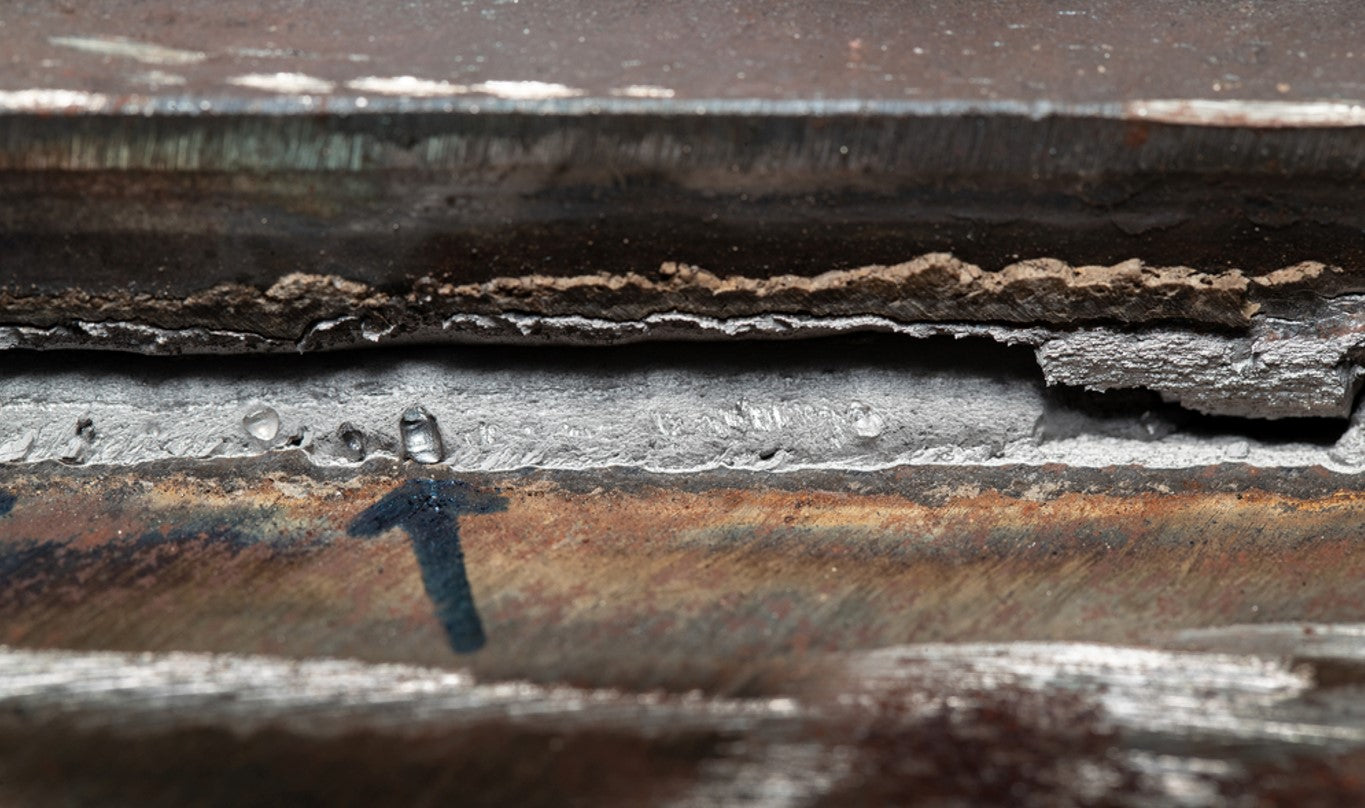Preventing Weld Undercut Demystified: Strategies for Success
Wiki Article
A Comprehensive Overview to Identifying, Stopping, and Correcting Undercut Welding Issues in Your Welding Jobs
In the world of welding, experiencing undercut problems is an usual challenge that can jeopardize the architectural stability and overall high quality of your welding jobs. Comprehending the source behind undercut welding, having the ability to precisely identify it in your welds, and carrying out effective preventative steps are critical skills for any type of welder. Furthermore, having the understanding and strategies to correct undercut troubles when they do occur can make a considerable difference in the last outcome of your welding undertakings. Remain tuned as we check out the essential components of identifying, avoiding, and fixing undercut welding problems, giving you with important understandings and approaches to elevate your welding skills to the next degree.Typical Reasons For Undercut Welding
Undercut welding, an usual concern in welding procedures, can be brought on by various aspects that need to be thoroughly determined and addressed to make sure the stability of the weld joint. One of the primary causes of undercut welding is extreme heat input. When the welding specifications, such as voltage, existing, or travel speed, are not correctly set, a too much quantity of warmth can be produced. This excess heat causes the melting and succeeding elimination of the base material along the edges of the weld joint, creating a groove referred to as undercut.An additional typical root cause of undercut welding is incorrect welding technique. Inadequate manipulation of the welding torch or gun, incorrect angle or range between the torch and the workpiece, or inconsistent travel speed can all contribute to the formation of undercut. In addition, using the incorrect welding consumables or electrode size for a certain joint arrangement can bring about undercut problems. Recognizing these origin causes and applying corrective measures is vital in protecting against and fixing undercut welding problems in welding tasks.
Identifying Undercut in Welds

To identify undercut precisely, appropriate lights and magnification devices are important to check the weld joint extensively. Using devices such as a welding scale or a magnifying glass can aid in finding even the smallest undercut blemishes. Furthermore, running a finger or a fingernail along the weld joint can in some cases reveal undercut, as the surface area may really feel unequal or have a dip where the undercut exists.
Preventive Steps for Undercut
Having a deep understanding of the reasons of undercut in welds allows for the implementation of efficient preventative actions to keep weld quality and integrity. These setups ought to be optimized to prevent excessive warmth input, which can lead to undercut development.
Strategies for Taking Care Of Undercut

Increasing the welding existing or lowering the traveling speed can aid fill in the undercut. Additionally, altering the welding method from a push to a drag or vice versa can also help reduce undercut.
Another method is to make use of a weaving movement while welding to make sure proper sidewall combination and fill in the undercut. By oscillating the welding arc back and forth within the weld joint, the welder can deposit extra filler material into the undercut locations, efficiently eliminating the flaw.
Additionally, grinding out the undercut and rewelding the joint can be a viable remedy for extra extreme undercut problems - Preventing weld undercut. This process involves removing the undercut section, click for more info preparing the base metal, and after that rewelding the joint with correct welding specifications and methods to stop undercut from reoccurring
Professional Tips for Preventing Undercut
Making use of proper welding methods and keeping control over vital welding criteria are crucial techniques for welders aiming to stop undercut in their weld joints. One specialist pointer for preventing undercut is to make sure appropriate joint prep work. This entails cleansing the base steel extensively to eliminate any kind of contaminants that can cause damage formation. Additionally, selecting the ideal welding process and filler metal for the details Visit This Link application can assist avoid undercut. Welders should additionally pay close interest to the welding current and voltage settings, ensuring they are within the recommended variety to avoid getting too hot and prospective undercut. Maintaining a constant traveling rate during the welding process is another necessary pointer to avoid undercut. By relocating at a consistent rate, welders can make sure correct combination and lower the probability of undercut formation. Last but not least, inspecting the weld bead after completion can assist determine any indicators of undercut beforehand, allowing for prompt corrective action to be taken.Conclusion
Finally, recognizing, avoiding, and taking care of undercut welding troubles in your welding jobs is vital for making sure solid and sturdy welds. Preventing weld undercut. By comprehending the usual reasons for undercut, having the ability to recognize it in welds, executing safety nets, and making use of correct strategies for fixing undercut, you can avoid potential issues and create premium welds. Complying with professional ideas for preventing undercut can assist you enhance your welding abilities and generate far better lead to your jobsUndercut welding, a typical issue in welding processes, can be caused by numerous variables that require to be very carefully recognized and addressed to make sure the stability of the weld joint. In addition, running a finger or a finger nail along the weld joint can in some cases disclose undercut, as the surface might really feel unequal or have a dip where the undercut exists.
Utilizing correct welding methods and maintaining control over vital welding specifications are important methods for welders aiming to protect against undercut in their weld joints.In conclusion, determining, avoiding, and repairing undercut welding issues in your welding projects is crucial for making certain durable and solid welds. By understanding moved here the usual causes of undercut, being able to identify it in welds, implementing preventative steps, and making use of appropriate strategies for dealing with undercut, you can prevent possible issues and develop premium welds.
Report this wiki page